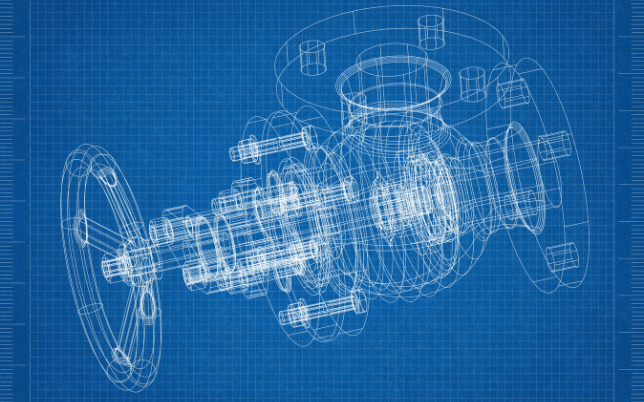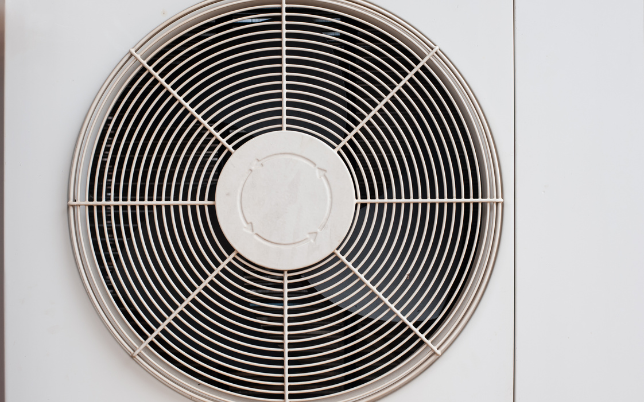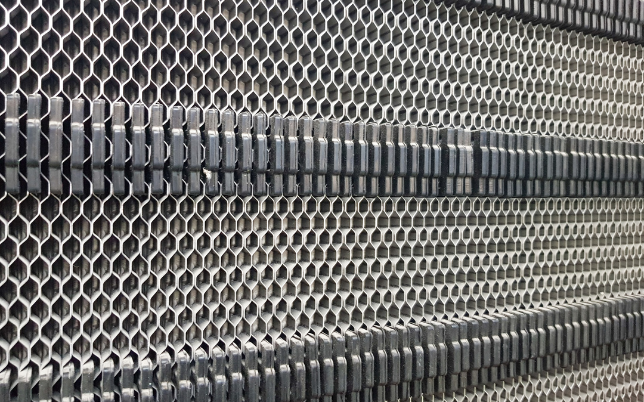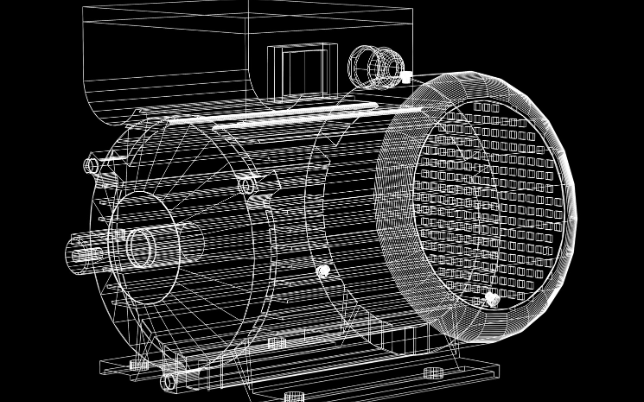HVAC Solutions
Maximize Efficiency, Minimize Costs:
Intelligent HVAC Optimization for a Greener Future
Variable Frequency Drives (VFD)
We provide Variable Frequency Drives (VFD) for HVAC optimization, enabling precise motor speed control. This reduces energy consumption, enhances equipment lifespan, and improves overall system efficiency, contributing to significant energy savings and more sustainable building operations.

Adiabatic Cooling
We provide adiabatic cooling for HVAC optimization by utilizing water evaporation to pre-cool incoming air, reducing the load on mechanical cooling systems. This energy-efficient solution significantly lowers power consumption, improves cooling performance, and enhances sustainability by reducing overall energy demand and operational costs.

Pressure Independent Control Valves
We offer Pressure Independent Control Valves (PICV) for HVAC optimization, ensuring precise control of water flow in heating and cooling systems. PICVs balance pressure and flow automatically, improving energy efficiency, system performance, and occupant comfort while reducing energy consumption and maintenance costs.

Energy Valves
We provide Energy Valves for HVAC optimization, combining precise flow control with real-time monitoring of energy consumption. These smart valves enhance system efficiency by regulating water flow based on demand, reducing energy waste, improving cooling and heating performance, and lowering operational costs sustainably.

Modulating Control Valves
We offer Modulating Control Valves for HVAC optimization, enabling precise regulation of fluid flow in Air Conditioning systems. These valves adjust continuously based on real-time demand, enhancing energy efficiency, system responsiveness, and occupant comfort, while reducing energy consumption and operational costs.

Rotary Heat Exchanger
We offer Rotary Heat Exchangers for HVAC optimization, capturing and transferring heat between incoming and outgoing air streams. This process recovers energy, reducing the need for additional cooling. It enhances energy efficiency, improves indoor air quality, and lowers overall operational costs.

